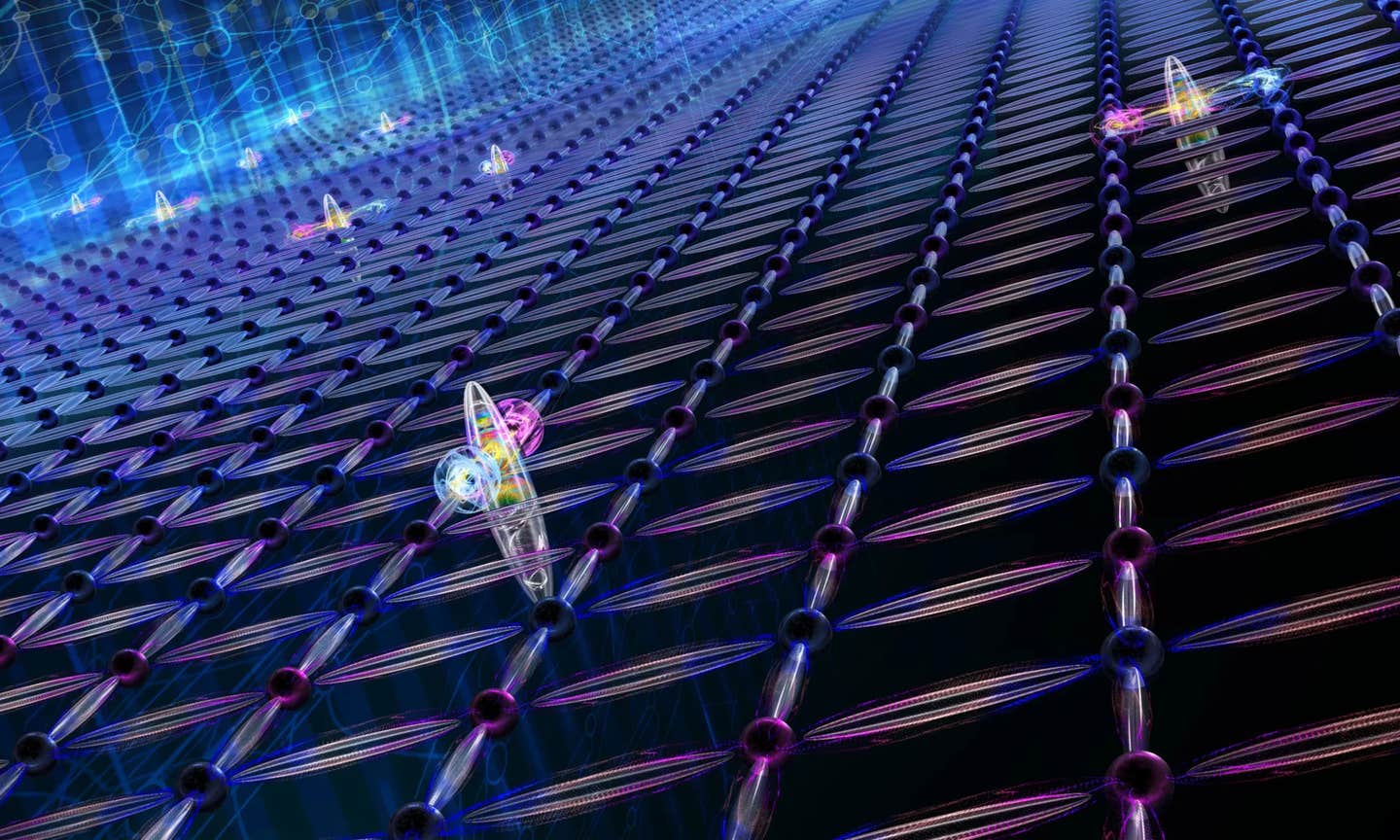New research “sniffs out” how memories are formed
The ability to remember relationships between unrelated items (an odor and a location, a song and an event) is known as associative memory

[Sept 26, 2021: University of California-Irvine]
The ability to remember relationships between unrelated items (an odor and a location, a song and an event) is known as associative memory. (CREDIT: Creative Commons)
Has the scent of freshly baked chocolate chip cookies ever taken you back to afternoons at your grandmother’s house? Has an old song ever brought back memories of a first date? The ability to remember relationships between unrelated items (an odor and a location, a song and an event) is known as associative memory.
Psychologists began studying associative memory in the 1800s, with William James describing the phenomenon in his 1890 classic The Principles of Psychology. Scientists today agree that the structures responsible for the formation of associative memory are found in the medial temporal lobe, or the famous “memory center” of the brain, but the particular cells involved, and how those cells are controlled, have remained a mystery until now.
Neuroscientists at the University of California, Irvine have discovered specific types of neurons within the memory center of the brain that are responsible for acquiring new associative memories. Additionally, they have discovered how these associative memory neurons are controlled. We rely on associative memories in our everyday lives and this research is an important step in understanding the detailed mechanism of how these types of memories are formed in the brain.
“Although associative memory is one of the most basic forms of memory in our everyday life, mechanisms underlying associative memory remain unclear” said lead researcher Kei Igarashi, faculty fellow of the Center for the Neurobiology of Learning and Memory and assistant professor of anatomy & neurobiology at the UCI School of Medicine.
“These experiments were like a detective story for us, and we are excited about the results,” says UCI’s Kei Igarashi, center, with co-authors Jason Lee, right, and Heechul Jun, left. Steve Zylius / UCI (Credit: UCI News)
The study published today in the journal Nature reports for the first time that specific cells in the lateral entorhinal cortex of the medial temporal lobe, called fan cells, are required for the acquisition of new associative memories and that these cells are controlled by dopamine, a brain chemical known to be involved in our experience of pleasure or reward.
In the study, researchers used electrophysiological recordings and optogenetics to record and control activity from fan cells in mice as they learn to associate specific odors with rewards. This approach led researchers to discover that fan cells compute and represent the association of the two new unrelated items (odor and reward). These fan cells are required for successful acquisition of new associative memories. Without these cells, pre-learned associations can be retrieved, but the new associations cannot be acquired. Additionally acquiring new associations also requires dopamine.
“We never expected that dopamine is involved in the memory circuit. However, when the evidence accumulated, it gradually became clear that dopamine is involved,” said Igarashi. “These experiments were like a detective story for us, and we are excited about the results.”
This discovery is an important piece in the puzzle of understanding how memories are formed in the brain and lays a foundation on which other researchers can continue to build. Associative memory abilities are known to decline in neurodegenerative diseases like Alzheimer’s Disease. Understanding the neurobiological mechanism of how these memories are formed is the first step to developing therapeutics to slow the loss of associative memory abilities in Alzheimer’s Disease.
The research team also included Jason Y. Lee, Heechul Jun, Shogo Soma, Tomoaki Nakazono, Kaori Shiraiwa, Ananya Dasgupta, Tatsuki Nakagawa, Jiayun L. Xie, Jasmine Chavez, Rodrigo Romo and Sandra Yungblut with UCI’s Department of Anatomy & Neurobiology; and Meiko Hagihara and Koshi Murata, division of brain structure and function, University of Fukui, Japan.
For more science stories check out our New Discoveries section at The Brighter Side of News.
Like these kind of feel good stories? Get the Brighter Side of News' newsletter.
Tags: #New_Discoveries, #Memories, #Neurology, #Odors, #Science, #Cognition, #Research, #The_Brighter_Side_of_News
Joshua Shavit
Science & Technology Writer | AI and Robotics Reporter
Joshua Shavit is a Los Angeles-based science and technology writer with a passion for exploring the breakthroughs shaping the future. As a contributor to The Brighter Side of News, he focuses on positive and transformative advancements in AI, technology, physics, engineering, robotics and space science. Joshua is currently working towards a Bachelor of Science in Business Administration at the University of California, Berkeley. He combines his academic background with a talent for storytelling, making complex scientific discoveries engaging and accessible. His work highlights the innovators behind the ideas, bringing readers closer to the people driving progress.



